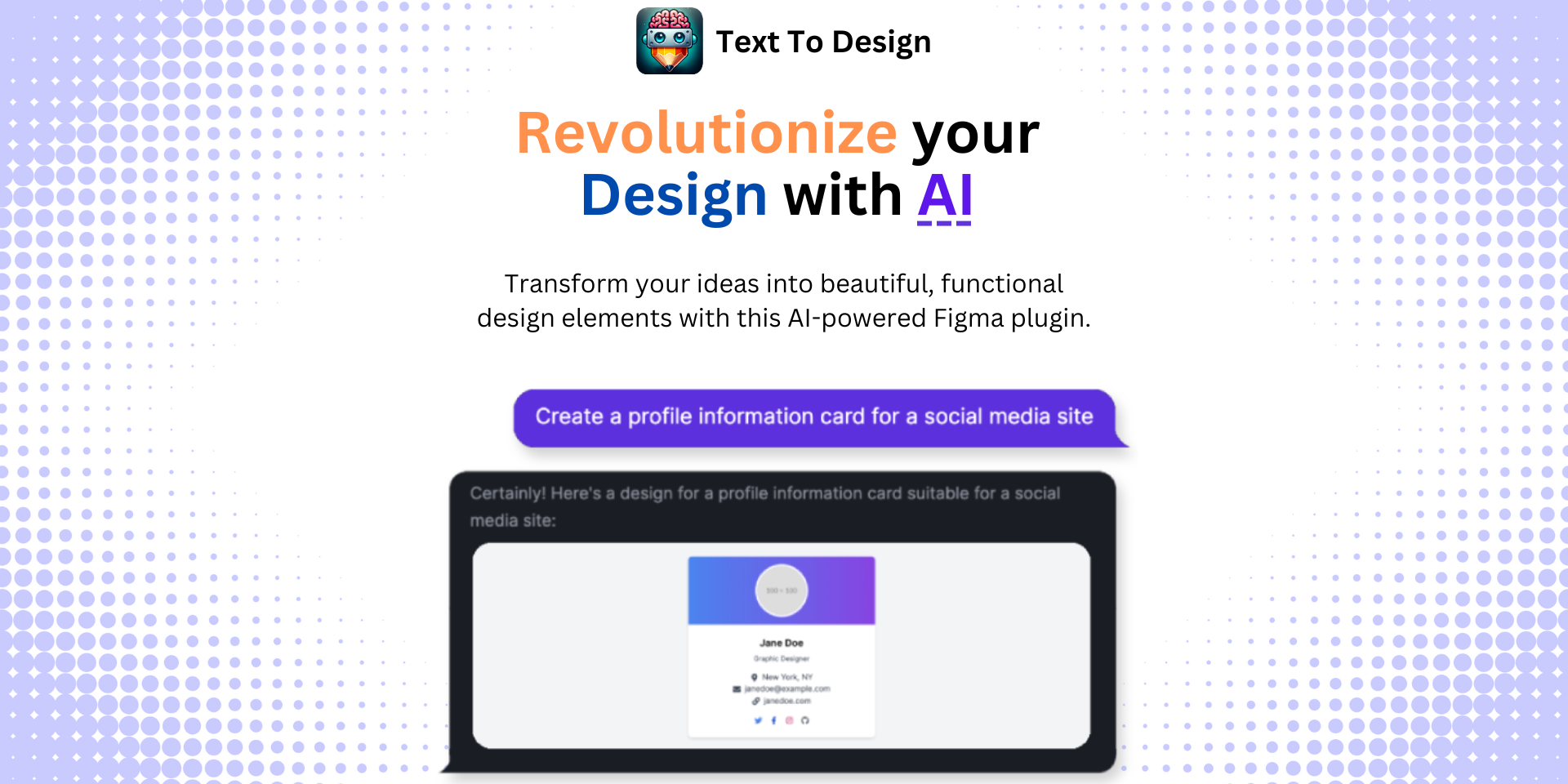Mastering Figma File Organization: A Comprehensive Guide
No results found
12/29/2023
Mastering Figma File Organization: Best Practices Guide
In the world of design, staying organized is key to maintaining efficiency and fostering productive collaboration. As more and more designers and teams adopt Figma for their design work, it's essential to understand the best practices for file organization in Figma12. This blog post will dive deep into the fascinating world of Figma file organization and offer you insights that could enhance your design workflow.
Understanding Figma File Organization
Before we delve into the nuts and bolts of file organization, it's important to understand Figma's terminology for project structure[^5^]. In Figma, files belong to projects, and projects belong to teams. This hierarchy enables you to neatly organize all your design work.
Benefits of Proper File Organization in Figma
Proper Figma file organization has numerous advantages:
- Facilitates Collaboration: When files are familiar and easy to navigate, team members can collaborate efficiently2.
- Saves Time: Well-structured files can drastically reduce the time spent searching for specific elements or sections2.
- Ensures Consistency: Consistent file and layer naming conventions ensure coherence across different files and projects1.
Best Practices for Figma File Organization
Let's explore some best practices for Figma file management123:
File and Layer Naming
Giving your Figma files clear and descriptive names helps team members understand the file's content at a glance2. In addition, maintain consistent layer naming conventions across all projects, which can aid in searching and identifying specific layers.
Structuring Pages
Structure your pages into defined sections. Some possible sections could include:
- Cover Image: Helps users understand the contents of the file2.
- Design: Contains all design-related layers and frames2.
- Research: Documents related to user research and user personas2.
- Design Decisions: Contains explanations and reasons behind certain design decisions2.
Maintaining Versions and History
Figma provides a built-in version history feature, which can be a lifesaver when you need to revert to a previous design. Regularly saving versions with clear naming conventions can help you keep track of design iterations1.
Structuring Teams and Projects
Figma encourages structuring teams and projects based on various factors like lines of business, platforms, initiatives, and scale1. This flexible approach allows different teams to adapt the structure as per their unique needs.
The Role of Text To Design Figma Plugin
Now that we've discussed the best practices for Figma file organization let's talk about a tool that can supercharge your Figma workflow – the Text To Design Figma Plugin. This AI-powered plugin can transform your text descriptions into innovative design ideas4.

With this plugin, you can focus more on your creative process while leaving the heavy lifting to AI. If you're a designer, developer, or part of a creative team, you'll find this tool incredibly useful.
Conclusion
Mastering Figma file organization can greatly enhance your design workflow, foster effective collaboration, and ultimately, lead to better design outputs. Remember, the key is to keep it simple and adapt these best practices to suit your individual needs and team dynamics.
Go ahead and explore the Text To Design Figma Plugin, and experience how it can revolutionize your Figma design process.
Footnotes
Step Into the Future of Design with your AI Copilot
Join +40K designers revolutionizing their workflow with AI. Install our Text-to-Design plugin in just a few clicks to unlock your creative potential. Start for free and instantly generate designs for your project.